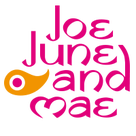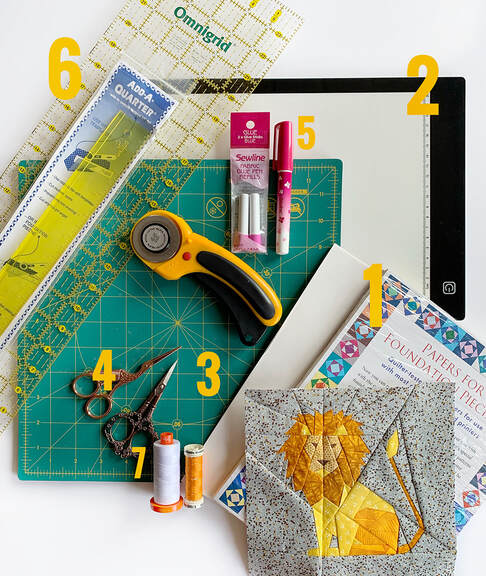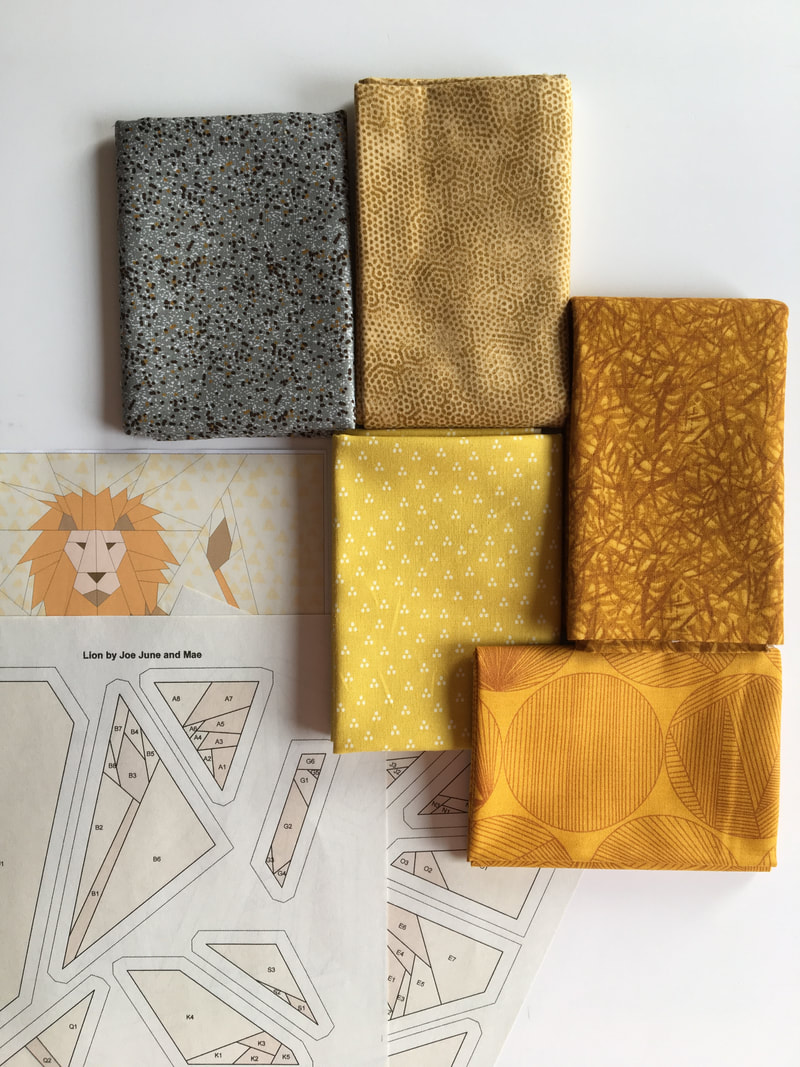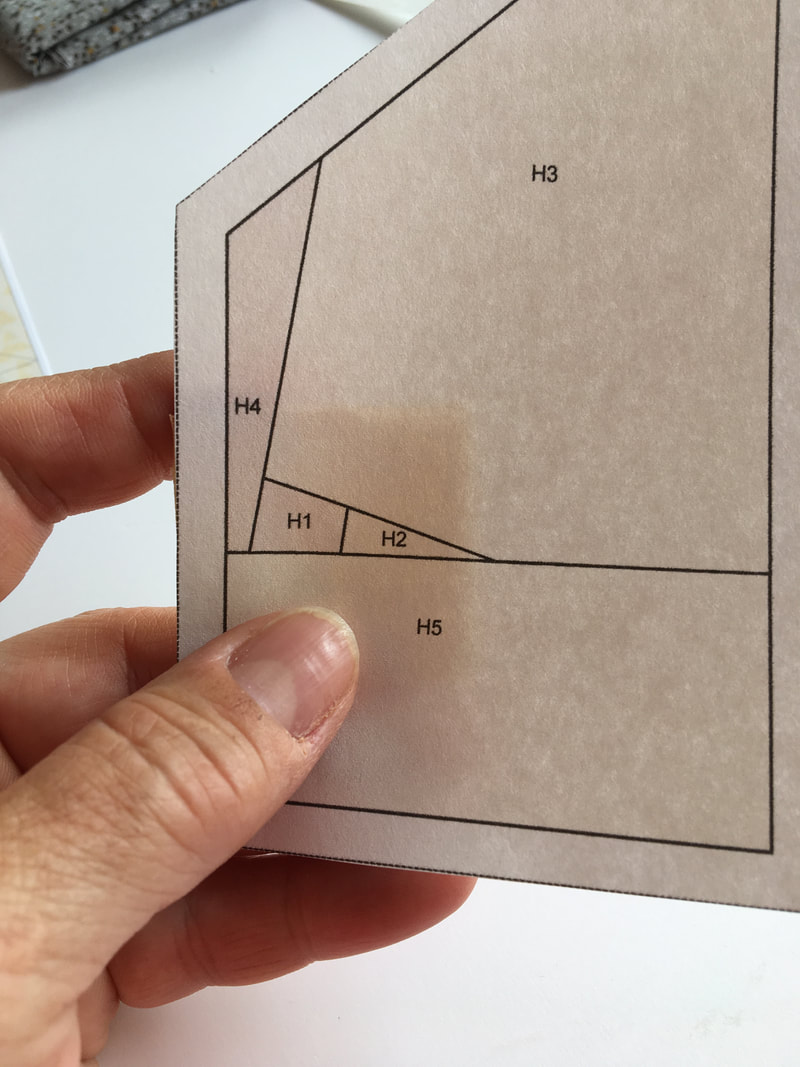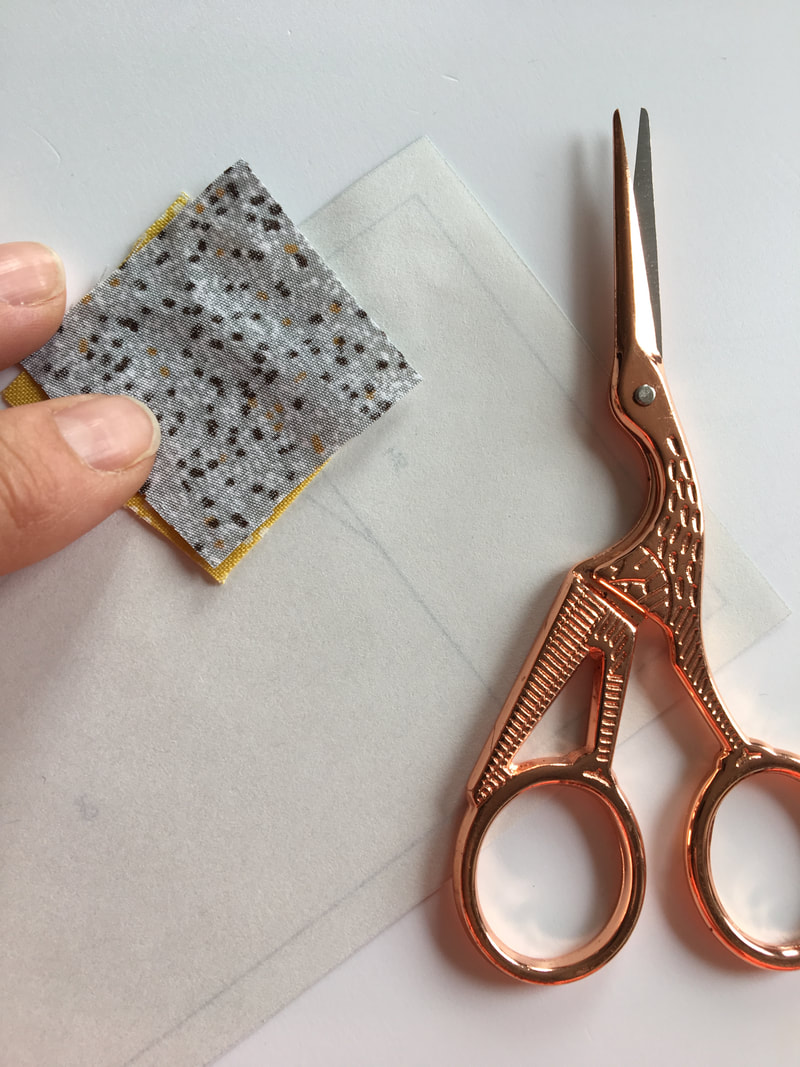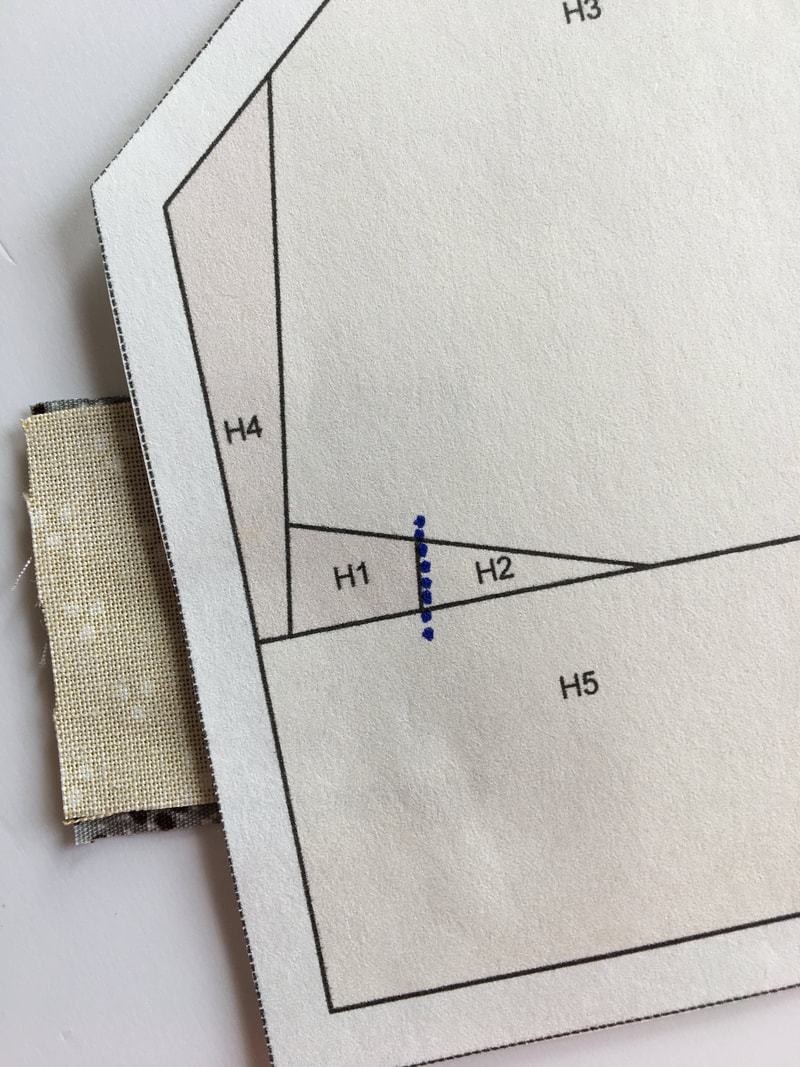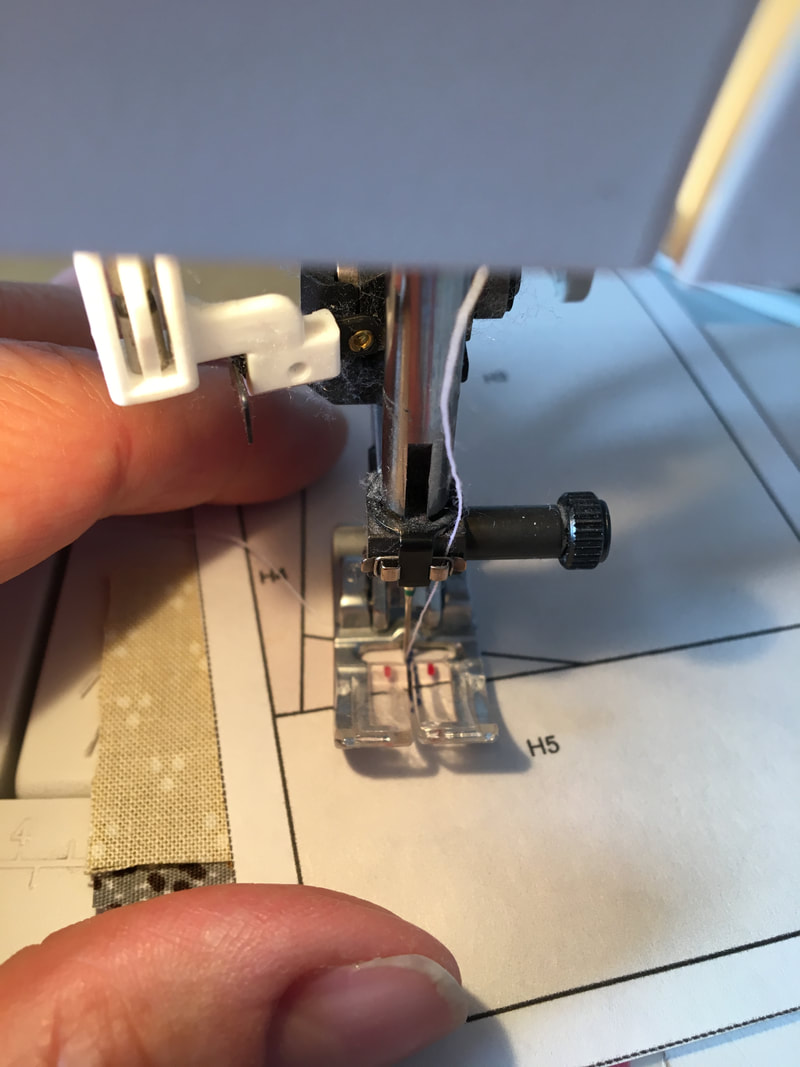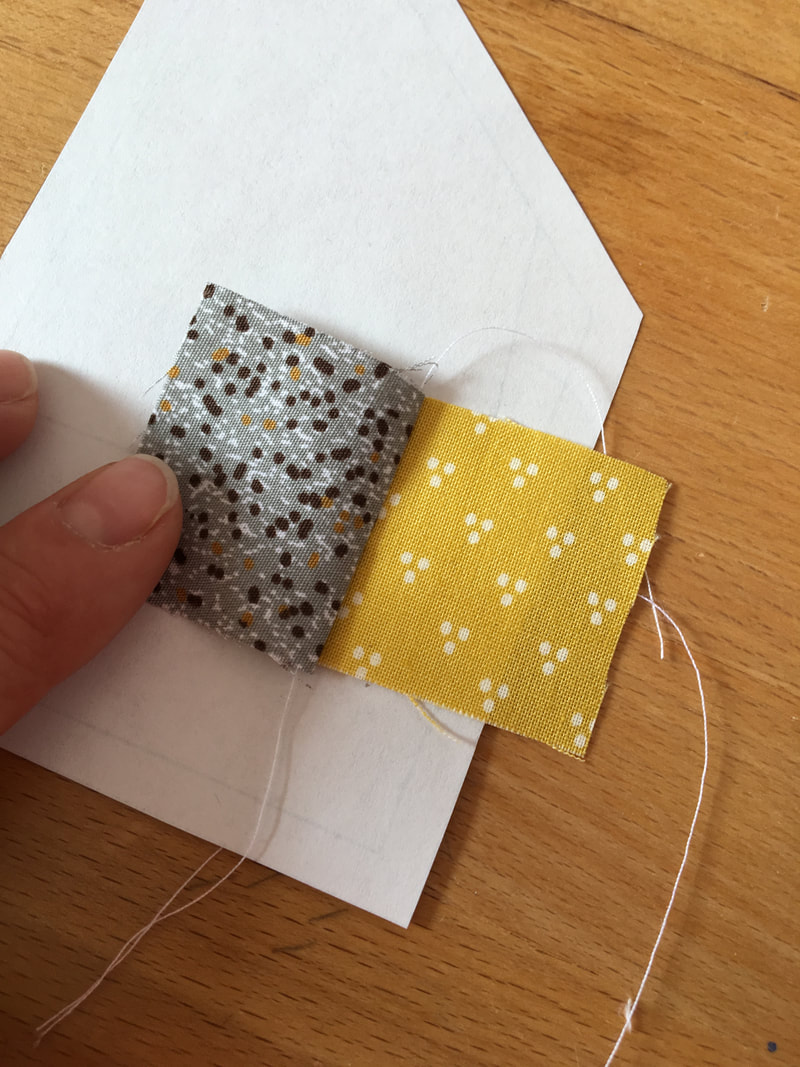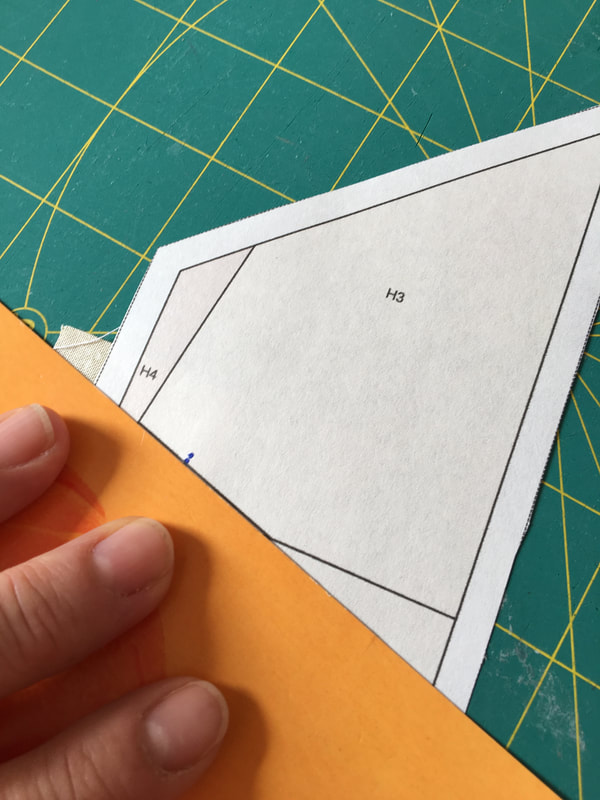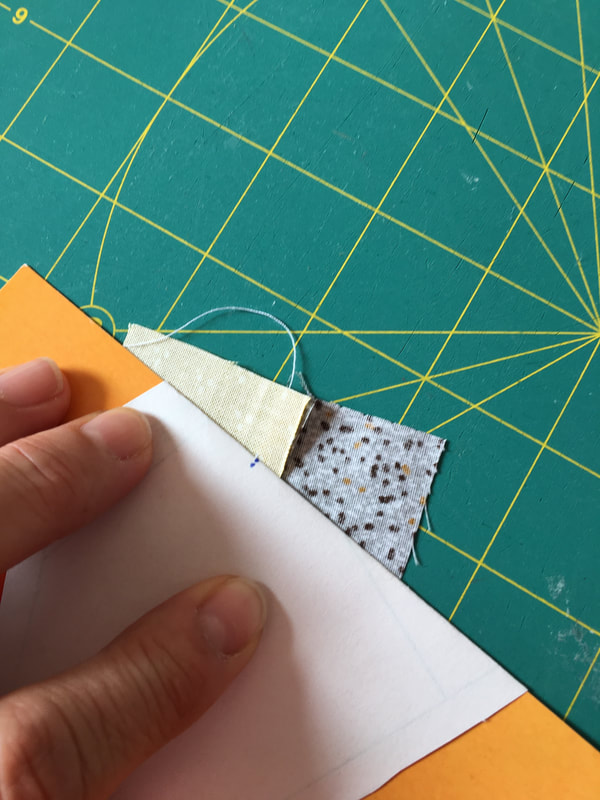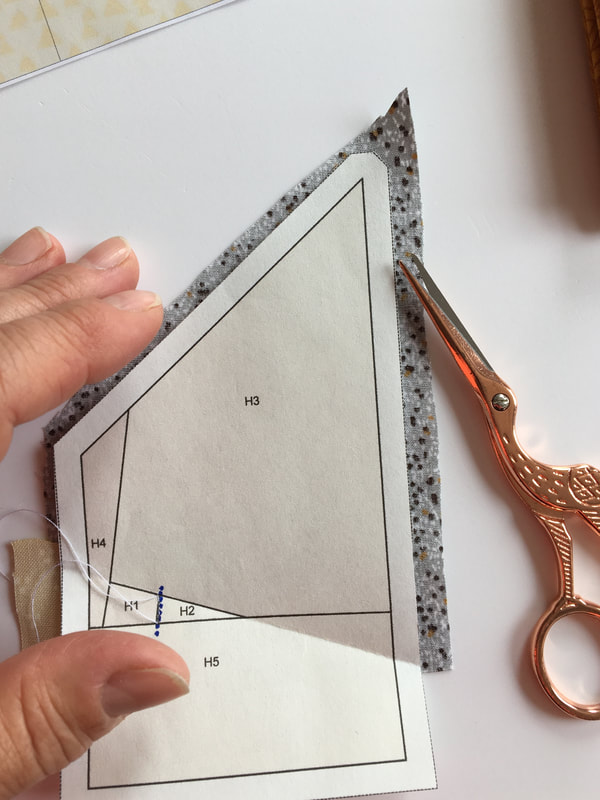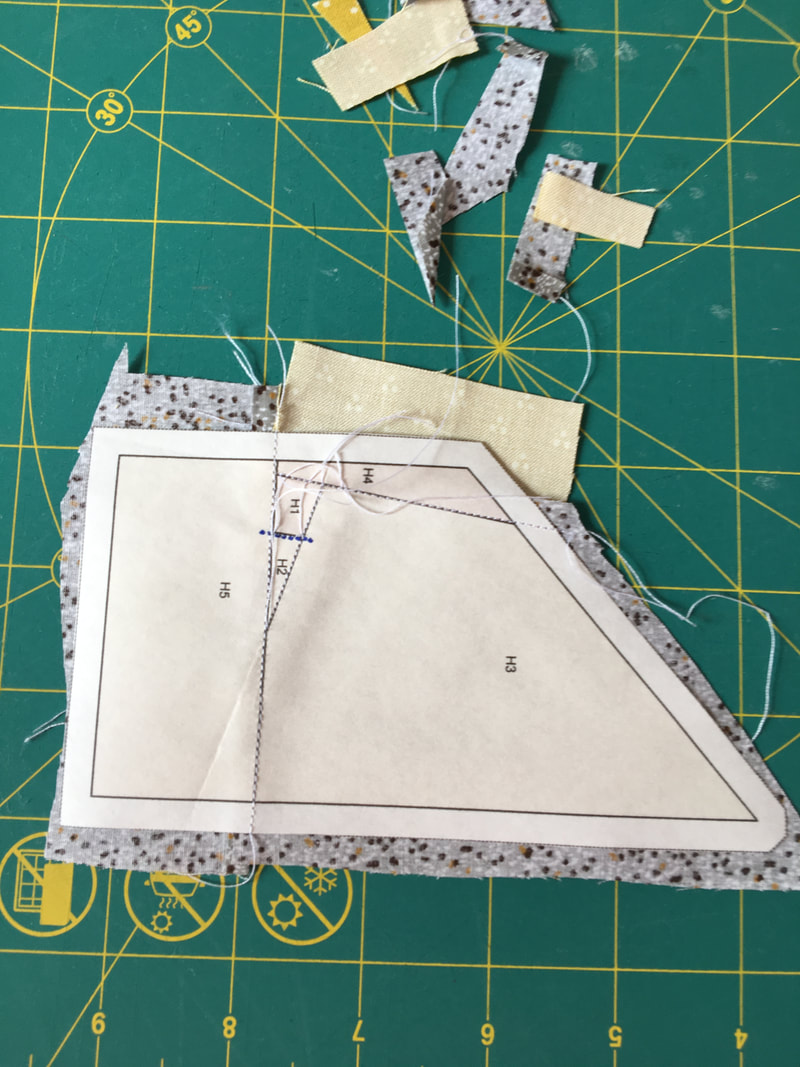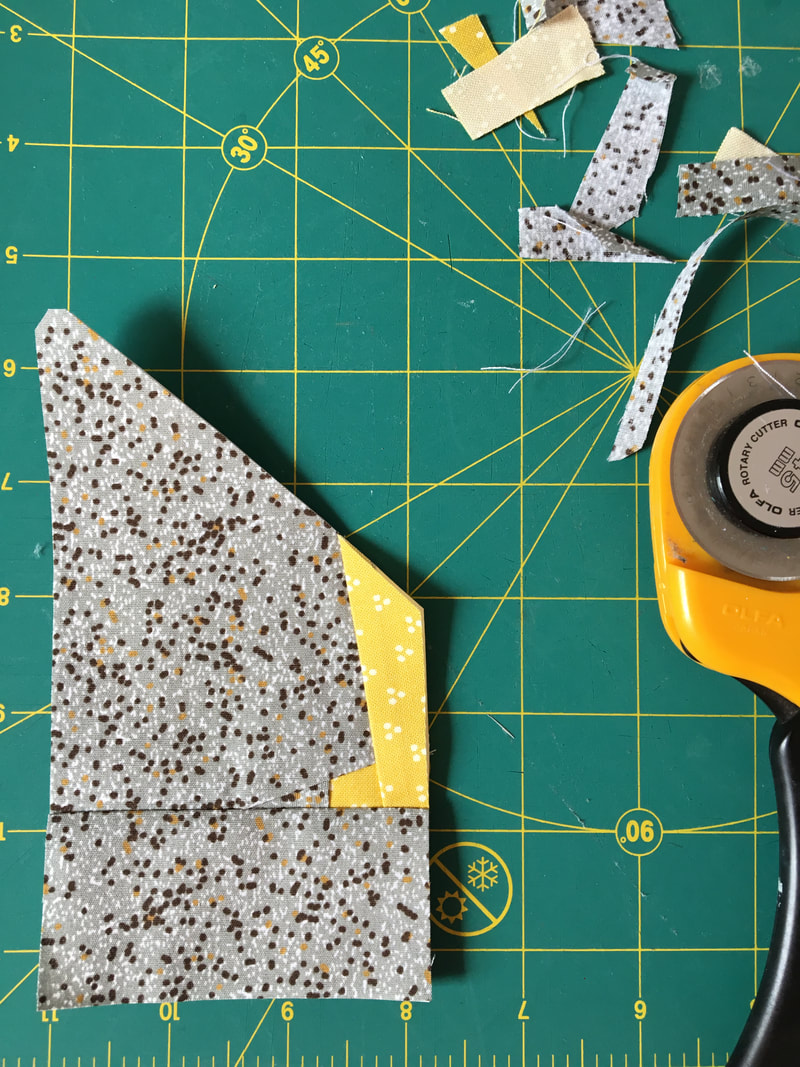Foundation Paper Piecing Ultimate Guide
|
Foundation paper piecing is a fun and interactive way to creative beautiful quilt pieces. I have been practicing this technique for many years and here to present it for you to learn. To see more of my work and purchase patterns, visit our shop!
Here is a video showing the exact process of paper piecing as described in this article. |
|
Tools for Foundation Paper Piecing
|
1 . Paper… most of the time I use printable freezer paper, but foundation paper or regular printer paper works just as well. The pattern is available for download at the bottom of this article.
2. Lightbox. This is needed if you don't want to cut too much. 3. Rotary cutter and Cutting mat. Pictured is a rotating cutting mat, and I highly recommend these. 4. Good quality scissors. There's nothing worse than dull scissors :-) |
5. Fabric glue pen. This is if you're using foundation or regular printing paper. I prefer glue to pins.
6.Quilt rulers. There's tons of options, I use my 6" x 23" Omnigrid the most. 7. Thread. Don't underestimate the importance of thread. I use Aurifil 50-weight thread. It's thin and strong and made of 100 % Egyption Mako cotton. |
